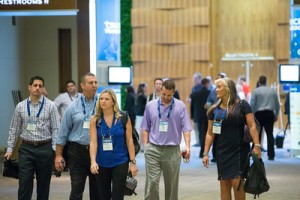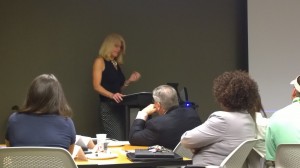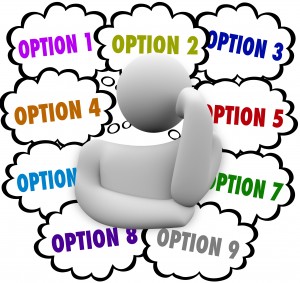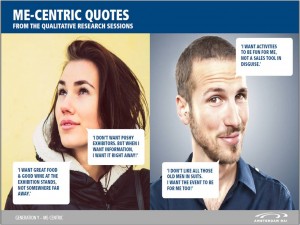 You can achieve at one trade show what it would take you weeks or months to do if you stayed home. And it may even save you money — according to the Center for Exhibit Industry Research, 81% of trade show attendees have buying authority. Which means more than 4 out of 5 people walking the aisles are potential customers for exhibitors. It costs 62% less to close a lead generated from a trade show than one originated in the field. Moreover, a recent survey by ABM found that 89% of B2B marketers rate face-to-face event attendance as the most effective platform in creating awareness and generating targeted leads among prospective buyers.
You can achieve at one trade show what it would take you weeks or months to do if you stayed home. And it may even save you money — according to the Center for Exhibit Industry Research, 81% of trade show attendees have buying authority. Which means more than 4 out of 5 people walking the aisles are potential customers for exhibitors. It costs 62% less to close a lead generated from a trade show than one originated in the field. Moreover, a recent survey by ABM found that 89% of B2B marketers rate face-to-face event attendance as the most effective platform in creating awareness and generating targeted leads among prospective buyers.
But to accomplish all of the above you must plan carefully. That means choosing the correct show, setting clear objectives, creating an effective exhibition, and promoting your presence.
Though event planning can seem overwhelming, rest assured you don’t have to make all the decisions alone. The general services contractor is a key contributor as you begin the process. Since 1998, ExpoPlus has been one of the leading GSCs in North America for trade shows, expositions, conventions, and corporate events.



